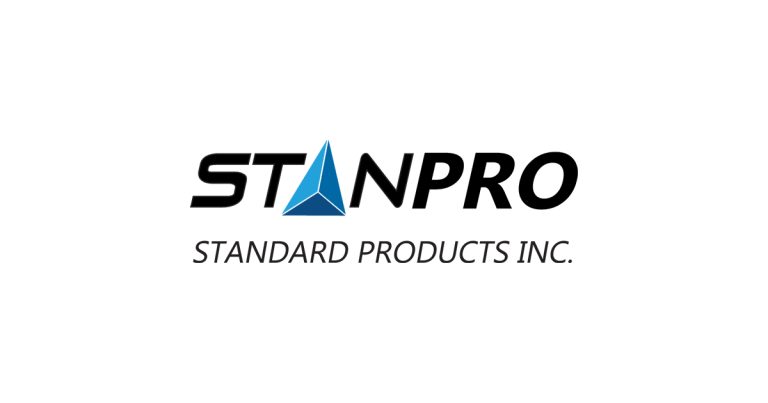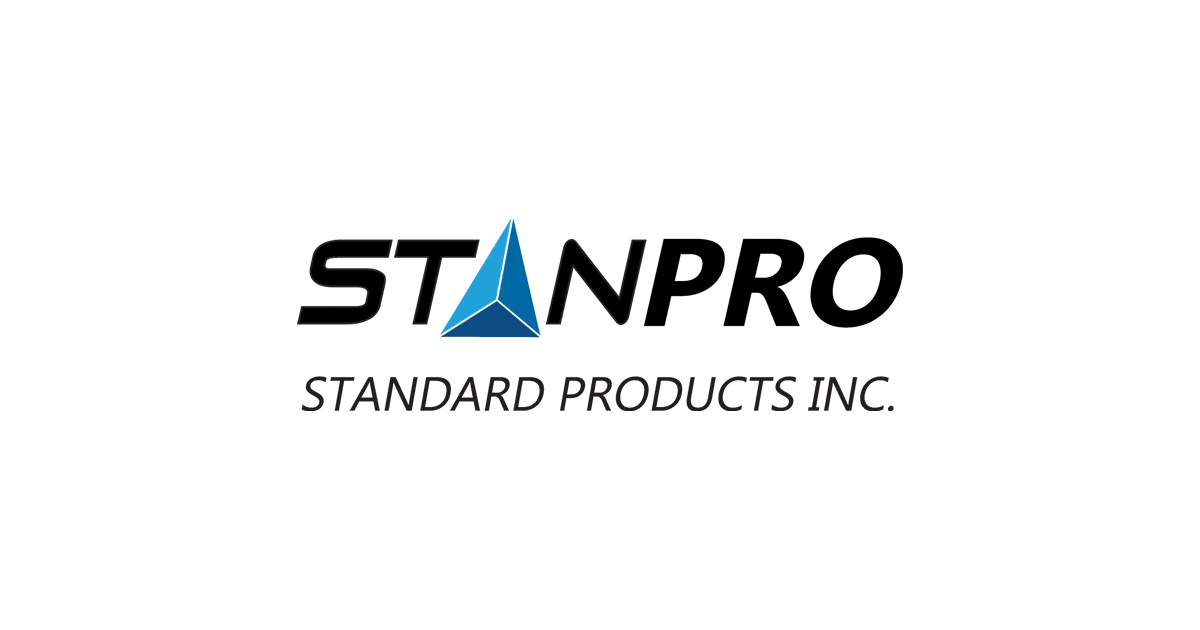National Electricity Month: Help Promote Electrical Safety in Homes

June 11, 2019
To commemorate National Electricity Month, Electro-Federation Canada (EFC) has launched an electrical safety ad campaign to promote the use of arc-fault circuit interrupters (AFCIs) to consumers throughout the month of June.
The campaign ads are targeted to homeowners and reinforce the importance of modernizing electrical systems to support the power that runs throughout homes. Canadians depend on electricity to power their lives at home — from appliances that provide convenience, to electronics and other modern technology that offer comfort and entertainment. While these technologies offer plenty of benefits, they also place high demand on electrical systems at home, potentially causing serious safety risks.
Protecting homeowners… together
You can help support this important campaign in the following ways:
- A new ad runs each Thursday throughout the month of June. Visit EFC’s Twitter handle and Linkedin page each week to ‘like’ and ‘share’ the posts with your network of followers. Let’s get the safety messages out as far and wide as we can… together, as an industry.
- Post the ads on your own social media feeds and website throughout the month and help drive engagement. You can download the digital ads here. Please link the ads to EFC’s AFCI web portal.
This campaign is supported by EFC’s Distribution Equipment and Wiring Supplies members. Product Section members from these segments led the development of an online portal with resources and information about AFCI technology.
As you may know, electrical safety devices such as AFCIs offer heightened protection by detecting potentially-hazardous arc-fault and quickly cutting off power before a fire starts. The Canadian Electrical Code requires all new home builds to be AFCI code-compliant; arc-fault circuit protection must be installed for 125Vac, 15A and 20A circuits supplying receptacles throughout the home (with some exceptions). This extends beyond branch circuit wiring by safeguarding all cords that are plugged into the receptacles. AFCIs are designed to protect against both high current (parallel) and low current (series) arcing.
However, the code does not mandate existing homes to have arc-fault protection, except when adding a new branch circuit or receptacle(s) to an existing branch circuit. This causes some safety concerns as arc-faults are known to be a significant cause for electrical fires in homes. Let’s continue to help keep Canadians safe at home.
















